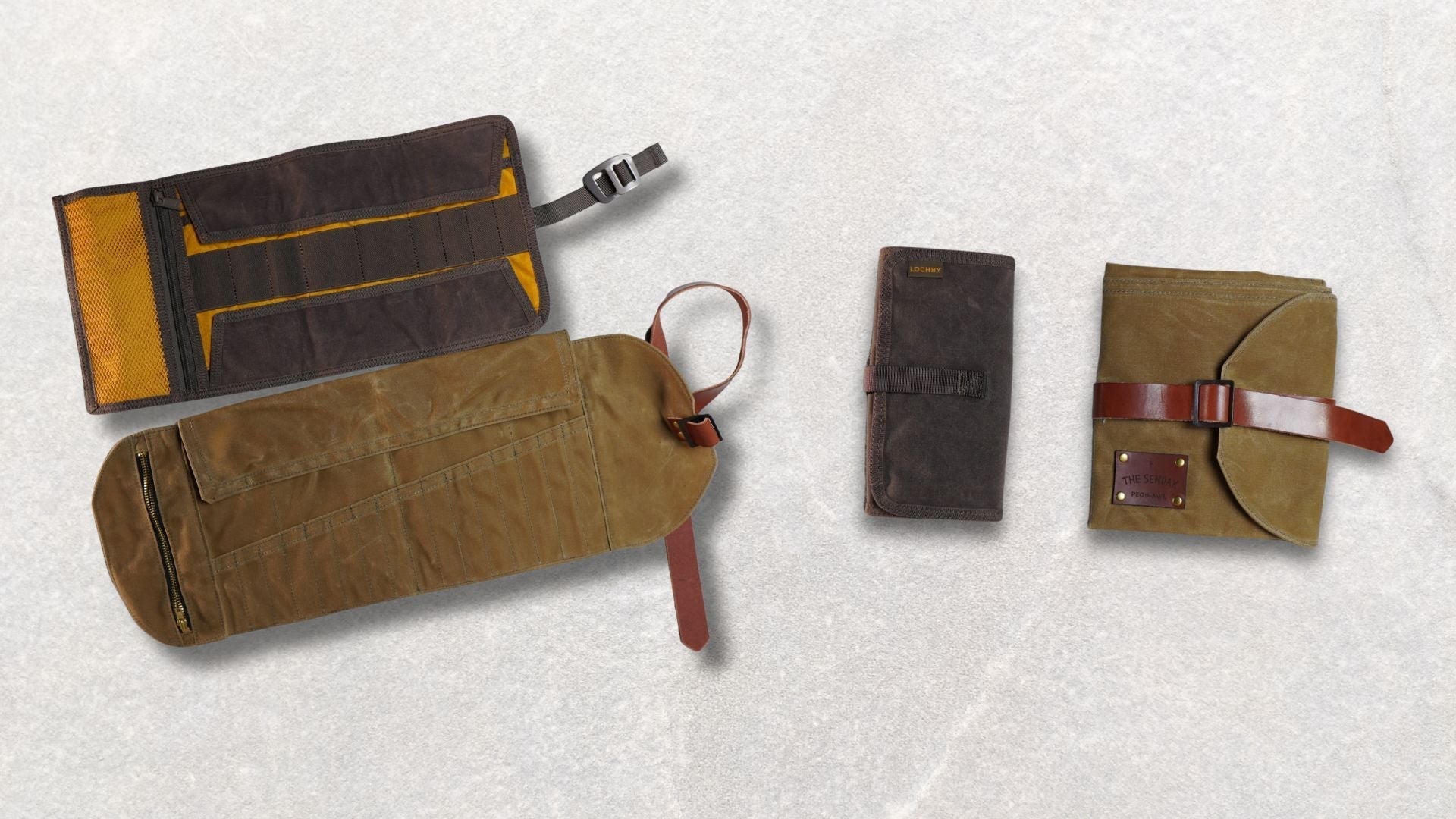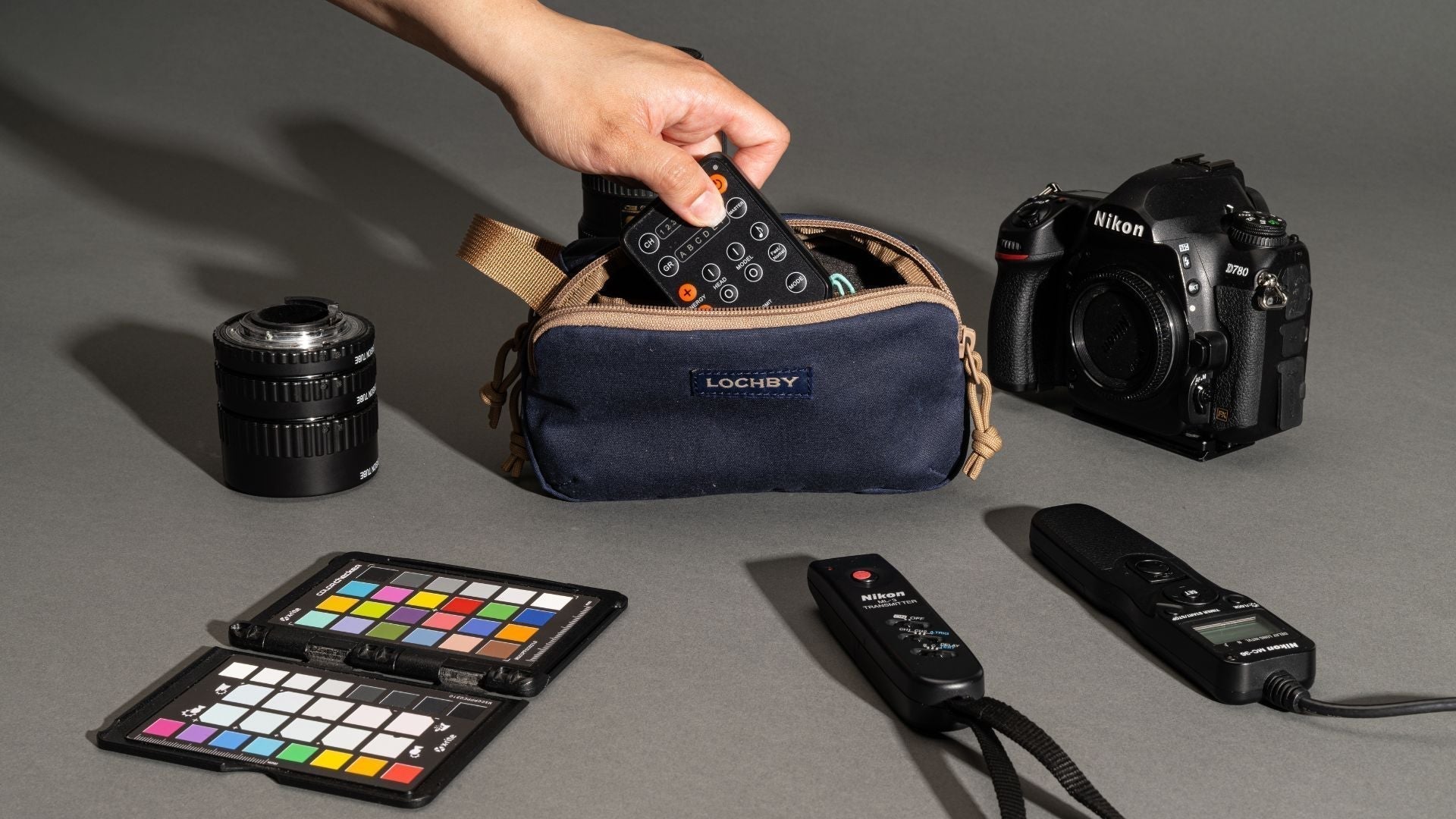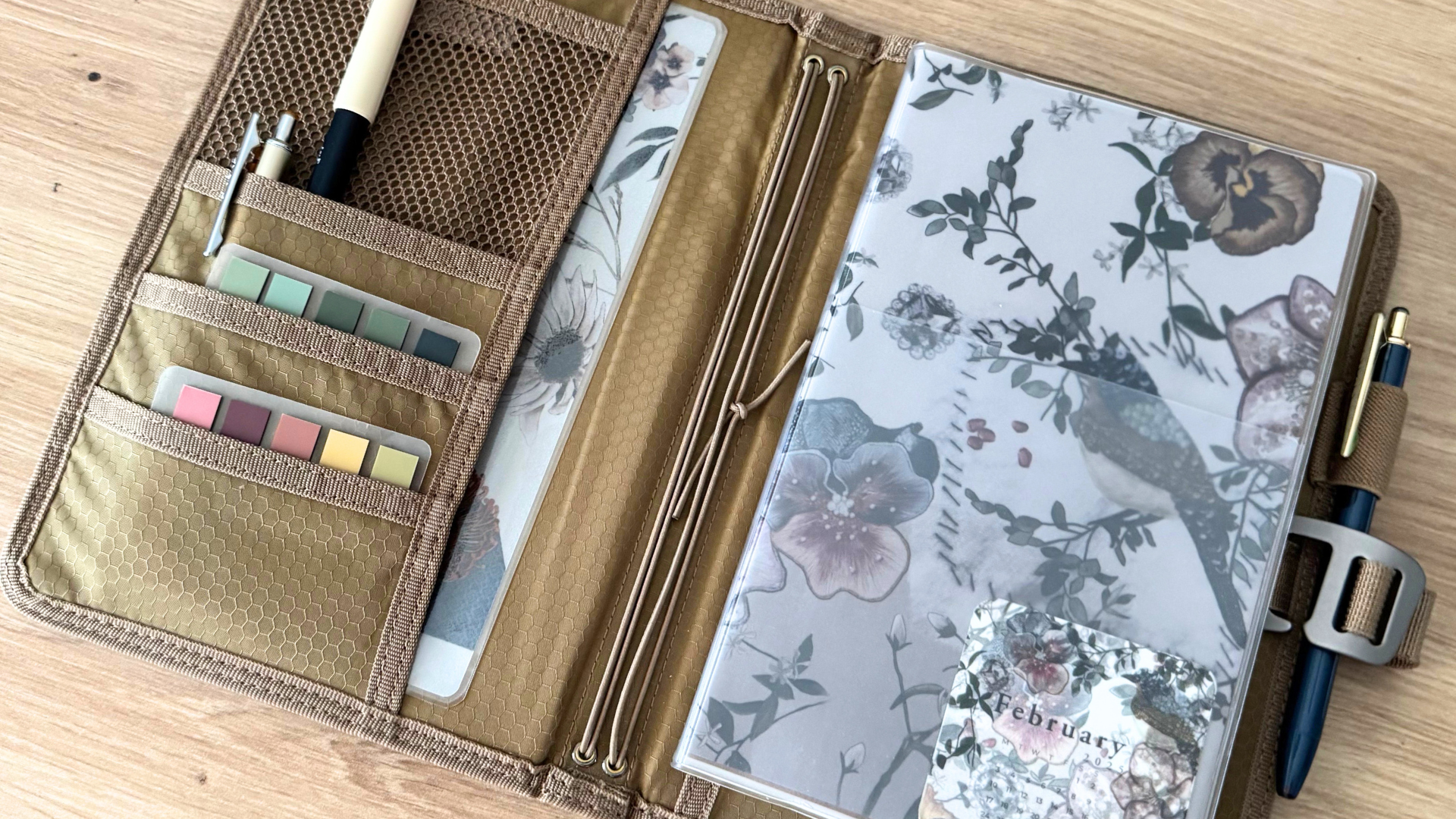As a creative person, have you ever found yourself staring at a blank canvas, page, or screen, feeling as though your creative energy has completely vanished? No matter what you do, new ideas won’t come and any existing ones don’t inspire you to start creating. It's like hitting a wall that you just can't seem to climb over, leaving you frustrated and anxious.
Don't worry, we've all been there—that dreaded place where it feels like we’ll never be able to create again. This can’t be further from the truth though! Whether you’re a writer, artist, musician, or any other kind of creative, hitting a wall and getting stuck in a seemingly inescapable block is more common than you think. That doesn’t mean there’s no way out of it. In today’s blog post, we’ve put together six things you can do to overcome a creative slump!
1. Take a break.
No, seriously. It may be the last thing you want to do since it already feels like you’re taking a break—after all, you’re not getting anything done—but even then, take a proper one. Stand up and step away from your desk or wherever it is you work. For example, you can take a walk—according to a study, we generate more creative ideas walking than sitting down. The point is to give yourself the space and time to gain a new perspective.
The biggest enemy of creatives is either the good old creative block or, worst case scenario, burnout: “a state of emotional, physical, and mental exhaustion around creative work”. If you’re at such a point, then it’s time to take a breather. There’s no drawing water from an empty well so why force it?
Do something else that doesn’t have to do with creating and allow your mind to rest, reset, and recharge. A lot of ideas come from the things we perceive or the people around us; let yourself experience the world and come back after a bit with fresh eyes and a renewed sense of inspiration.
2. Try something new.
Have you ever done something over and over again that you don’t even need to think about doing it? Your body is so familiar with the motions that there’s no thought behind the action anymore. As creatives, the process we follow can become such a routine that it turns mindless and automatic. As a result, the act of creating becomes difficult, tiring, or even boring just because it’s something we’ve done repeatedly.
This is a sign to try something new! It’s hard to draw motivation from the same old things so surprise yourself by changing the scenery or challenging your mind with a new activity. Whether it’s using a new ink color, working outdoors instead of your office, or switching from watercolor to oil paints, the point is to do something you haven’t done before. This will get the gears in your head turning and will open up a new world of inspiration.
3. Collaborate with others.
Pop culture often depicts creatives as miserable hermits who live lives of isolation for the sake of their art. This has given birth to the misconception that, in order to create something great, we have to do it on our own. But that’s just not the case. Working with others can spark new ideas and inspire you in ways that you never thought possible. Plus, there’s the added bonus of bringing together different perspectives, skill sets, and experiences; the result can be something amazing and unique.
Collaborations also push you out of your comfort zone, which is an effective way to boost creativity. When you’re on your own, it's easy to fall into familiar patterns and routines but by working with someone else who has an entirely different outlook than you do, you’re forced to think outside the box.
4. Revisit past works.
It’s easy to feel anxious and hopeless when you’re in a creative slump. It can seem like you’re not going to be able to create anything ever again or that you’re not making any progress. This is why revisiting your previous works can help: it can help you see how far you've come and remind you of your past success. Doing this can also help you identify areas where you've grown and areas where you still have room for improvement.
Seeing what you’ve done in the past can also provide the spark needed to inspire new ideas. Whether it’s a new twist on existing work or even a style you haven’t tried in a while, the means to overcome your creative slump may actually lie in works you’ve already finished.
Plus revisiting old works can reignite the passion you have for what you do! When we're stuck, it’s easy to forget why we became creatives in the first place. Let your past work, no matter its form, remind you how fulfilling it is to create.
5. Keep creating even if you don’t feel like it.
This is especially helpful if the slump you’re in is more a lack of inspiration and not a complete block or burnout. By continuing to create even in the absence of motivation, you do two very important things: maintain your creative momentum and further develop your skills. Sometimes, simply ‘doing’ can lead to unexpected ideas and solutions; before you know it, you’ve stumbled upon a breakthrough and your block is gone!
Creating during a slump can also help prevent a loss of confidence or the crushing feeling of defeat. As creatives, we tend to slip into negative self-talk and doubt our abilities if we’re not creating anything. But pushing on is proof that you can still produce quality work even when you're feeling stuck.
6. Treat your mistakes and failures as learning experiences.
The end result of our creative efforts don’t always end up the way we envision them. But we shouldn’t let it discourage us or define our ability to create. Instead, we can view a setback like this as an opportunity for growth and learning. By adapting this mindset, we’re more likely to bounce back from a creative slump because we’re more willing to improve.
Additionally, embracing mistakes and failures means we’re more likely to try new things and take risks. Instead of “playing it safe” or letting fear hold us back, we become more eager to step out of the box, away from our comfort zone, and explore our full potential—one of the best ways to find new ideas and experiment with new approaches to our work.
How are you going to get rid of your creative slump today?
No matter how hopeless it seems, a creative slump is temporary and there are always ways to overcome it. The key is to never lose hope: the only way to lose your creativity completely is by giving up. So don’t. Keep going.
What was the worst creative slump you’ve ever experienced? What steps did you take to overcome it? Share it with everyone in the comments below!





5 Small Actions To Take For Huge Success
Do It Like The Creatives: The Daily Ritual of Haruki Murakami